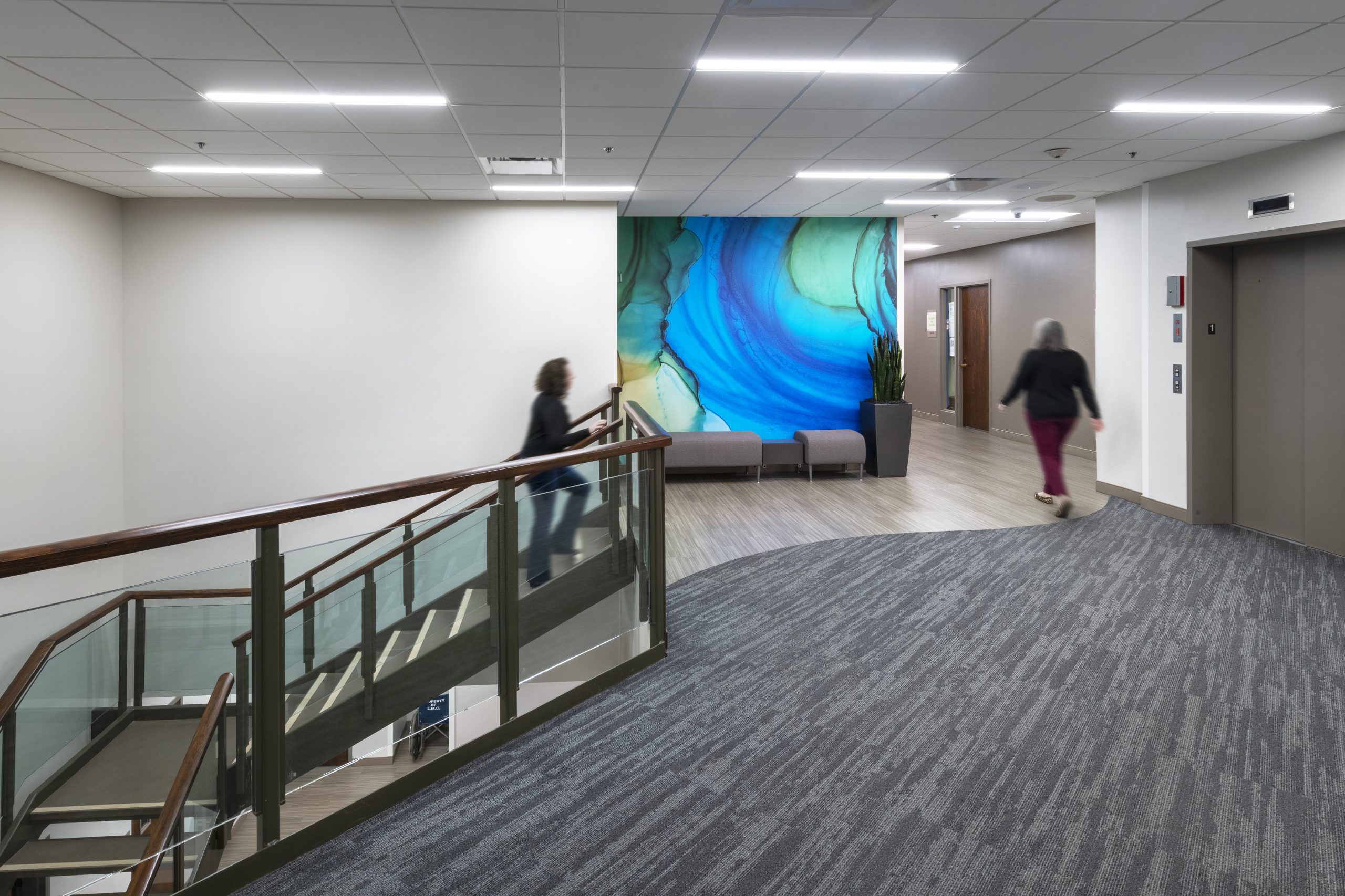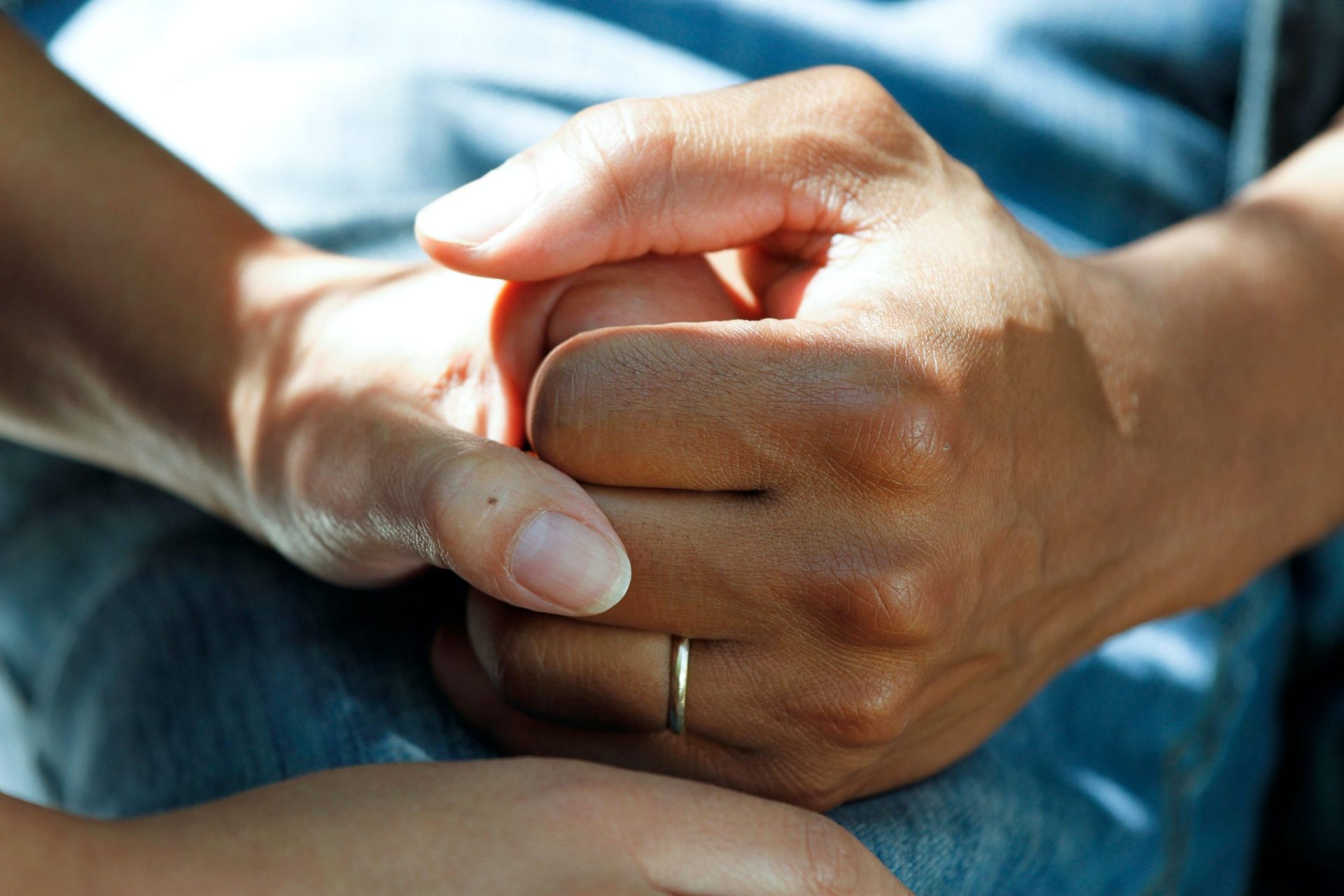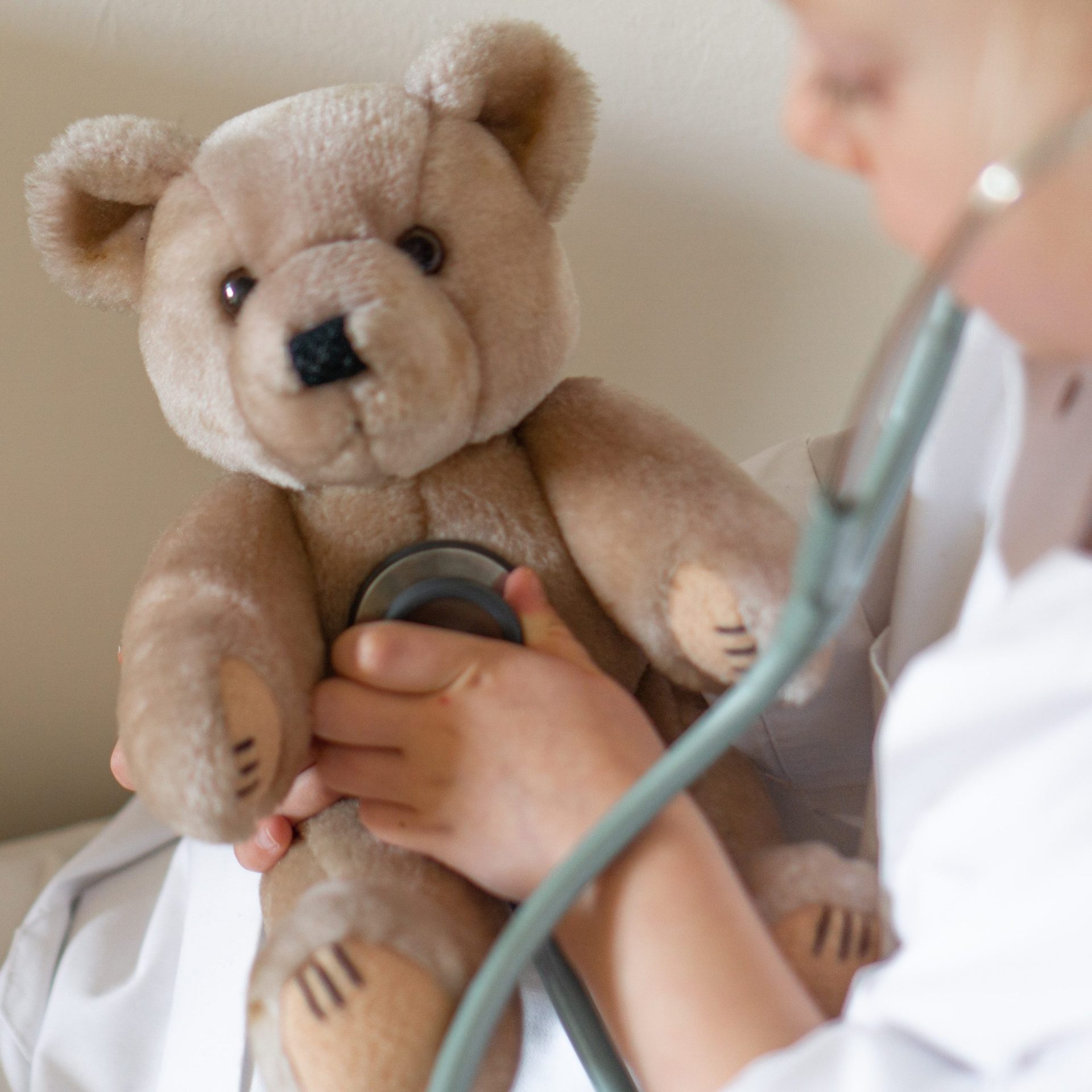Behavioral Health Design is Moving Forward
By Rachel Vedder, RA, LEED AP
July 6, 2022Post Tagged in
 |
This month, the Substance Abuse and Mental Health Services Administration, in partnership with the Federal Communications Commission and Department of Veteran’s Affairs, has established 988 as an easy-to-remember expansion of The Lifeline (formerly known as “The National Suicide Prevention Lifeline”). Americans will have one place to turn to for mental health crisis. Similar to how we are familiar with calling 911 for emergency police or medical situations, 988 will be a source for behavioral and mental health crisis situations. Establishing the 988 program is a bold first step for a community’s crisis care system, providing trained personnel to talk to a person in need. However, there is a general opinion that the framework necessary to establish a full system of mental health crisis care has not yet been established. This would include not only “someone to talk to” (988) but also “someone to respond” and somewhere to go.” |




